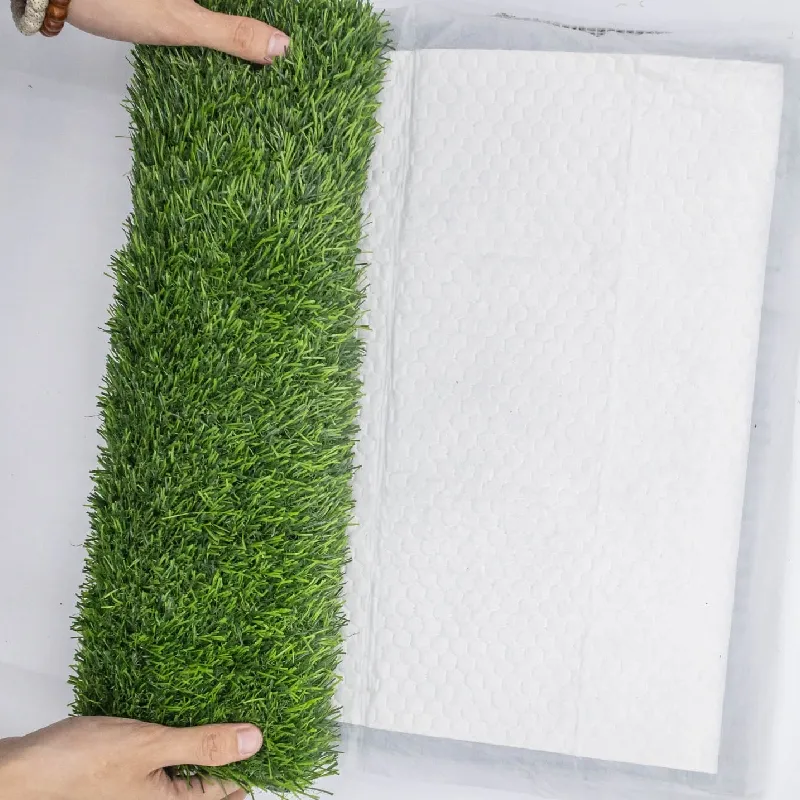
- Afrikaans
- Arabic
- Belarusian
- Bengali
- Czech
- Danish
- Dutch
- English
- Esperanto
- Estonian
- Finnish
- French
- German
- Greek
- Hindi
- Hungarian
- Icelandic
- Indonesian
- irish
- Italian
- Japanese
- kazakh
- Rwandese
- Korean
- Kyrgyz
- Lao
- Latin
- Latvian
- Malay
- Mongolian
- Myanmar
- Norwegian
- Persian
- Polish
- Portuguese
- Romanian
- Russian
- Serbian
- Spanish
- Swedish
- Tagalog
- Tajik
- Thai
- Turkish
- Turkmen
- Ukrainian
- Urdu
- Uighur
- Uzbek
- Vietnamese
Exploring Different Types of Artificial Turf for Various Applications and Benefits
Dec . 23, 2024 10:50 Back to list
Understanding Different Types of Artificial Turf
Artificial turf, also known as synthetic grass, has transformed the landscape of sports fields, residential lawns, and commercial spaces. It simulates the look and feel of natural grass while offering low maintenance, durability, and versatility. With a variety of types available, choosing the right artificial turf can depend on the intended use, aesthetic preferences, and budget. This article explores the different types of artificial turf, highlighting their unique characteristics and applications.
1. Nylon Turf
Nylon is known for its durability and resilience, making it an excellent choice for high-traffic areas. This type of artificial turf can withstand extreme temperatures and is particularly suited for sports fields, especially for sports like football and soccer. Nylon turf retains its shape well and can endure the impact of cleats and heavy use. However, it is one of the more expensive options, which can be a consideration for homeowners or organizations on a budget.
2. Polyethylene Turf
Polyethylene is the most common type of artificial turf found in residential lawns and sports fields. It is softer than nylon, offering a more realistic feel that resembles natural grass, making it popular for landscaping applications and recreational areas. Polyethylene turf is resistant to UV rays, preventing color fading, and is designed to withstand the wear and tear of foot traffic. Additionally, it offers a good balance between cost and performance, making it a favored choice for many homeowners.
3. Polypropylene Turf
Polypropylene turf is often the most affordable option but is generally less durable than nylon and polyethylene. This type of turf is typically used for indoor applications, such as putting greens or playgrounds, where foot traffic is low. While it may not hold up as well against heavy use outdoors, its cost-effectiveness can make it appealing for certain applications. For those looking for a temporary grass solution, polypropylene could serve as a practical choice.
4. Infill Types
Apart from the fibers themselves, the infill used in artificial turf also plays a vital role in its performance. Common types of infill materials include
artificial turf types

- Sand This is one of the most traditional forms of infill, helping to weigh down the turf and provide stability. It is often used in conjunction with other materials.
- Rubber Granules Made from recycled tires, rubber granules provide cushioning and shock absorption. This makes them ideal for playgrounds and sports fields, as they enhance player safety and reduce injuries.
- Organic Infill Options like cork or coconut fiber are becoming increasingly popular due to environmental concerns. They are biodegradable and can help in maintaining lower temperatures on the turf.
5. Specialty Turf
Some artificial turfs are specifically designed for unique applications
- Putting Greens Designed for golfers, these turfs provide a smooth, consistent surface for practicing putting. They often mimic the feel of natural grass greens, allowing for realistic play.
- Pet-Friendly Turf Specially formulated for pet owners, this turf is designed to withstand wear and tear from animals. It typically includes antibacterial features and is easier to clean, ensuring a sanitary environment for pets.
- Landscape Turf For homeowners seeking a lush lawn without the hassle of maintenance, landscape turf offers various styles that can shape a beautiful outdoor aesthetic. These are often designed to maintain a verdant appearance year-round.
Conclusion
Choosing the right type of artificial turf involves understanding the specific needs and applications. From the durability of nylon to the soft feel of polyethylene, each type offers unique benefits suited to different situations. It's crucial to consider factors like traffic levels, aesthetics, and cost when selecting the best artificial turf for your needs. With the right choice, artificial turf can provide a durable, low-maintenance alternative to natural grass, enhancing your outdoor or indoor spaces effectively. As technology continues to advance, the options available will only grow, offering even more tailored solutions for today's consumers.
-
The Benefits of Artificial Turf for Indoors
NewsJul.15,2025
-
How Artificial Grass Suppliers Ensure Quality Products
NewsJul.15,2025
-
Artificial Grass and Pets: A Space for Relaxation
NewsJul.08,2025
-
Balcony & Outdoor Decoration with Artificial Grass
NewsJul.08,2025
-
Best Indoor Artificial Grass for Home
NewsJul.07,2025
-
Best Pet Turf for Dogs: Safe & Durable Artificial Grass Options
NewsJul.07,2025
Products categories









